Top 10 list of microscopes in Germany (2025)
The bestseller list compares brands and their microscopes. Which microscope is the best?
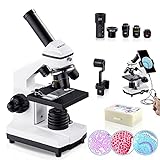
- [Lots of Accessories] It comes with phone adapter, 10 operating accessories, 15-piece…
- [Biological Teaching Tool] The 100X-2000X biological microscope is designed to help…
- [Coarse and Fine Focus] 45° inclined eyepiece tube, 360° rotating monocular…
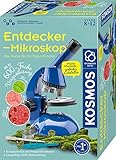
- This KOSMOS experiment set is suitable for beginners and curious children aged 8…
- The accompanying booklet contains clear instructions for using the microscope and…
- The complete set includes preparation accessories for easier examination of objects…
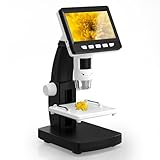
- Quality service: CIMELR microscope, 24 hours professional advice. If you have any…
- Practical tool: Widely used in circuit board inspection, coins, jewellery, stamps,…
- Excellent image storage: microscope digital's variety of image observation and…
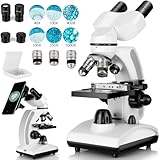
- Real time sharing: the binocular microscope is equipped with a mobile phone adapter…
- Improved mechanical object table with vernier scale - Compared to the mechanical…
- Brightness adjustable lighting system - While conventional microscopes only have…
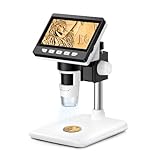
- Support Connection to PC: Output for Larger View, Capture high-resolution images…
- ADJUSTABLE 8 LED LIGHTS & HIGHLY ADJUSTABLE BRACKET Take control of your observation…
- Versatile 50-1000x magnification: the digital magnification microscope allows you…

- WIDE APPLICATIONS The microscope is widely used in inspection, maintenance, electronics,…
- HAND HOLD OR HAND FREE WHAT YOU WANT Our microscope can be held in your hand for…
- 50X TO 1600X MAGNIFICATION The handheld microscope features a 1440P image and 50x…
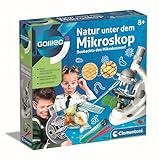
- It’s child’s play: The extensive and illustrated instructions (English…
- From tiny to large: With the set, your child can increase the smallest things such…
- Box contents: 1 x Galileo Science Nature under the microscope, science for children…

- Box contents: microscope, 2 wide-field eyepieces: 10x and 20x, 3 lenses: 4x, 10x…
- Box contents: microscope; 2 wide-field eyepieces: 10x and 20x; 3 lenses: 4x, 10x…
- The Barlow zoom system allows continuous zooming and with the included smartphone…
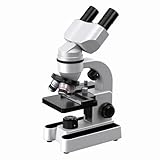
- This microscope is an ideal gift for students. By attaching the phone to the eyepiece…
- The configuration has two fill lights, one on the side and one on the bottom, so…
- Five specimens for you to observe, let you appreciate the mystery of the microscopic…
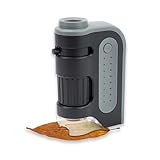
- Box contents: 1 x MicroBrite Plus Pocket Microscope.
- Compact design, lightweight and you can take it anywhere.
- LED lighting with aspherical lens system.
We participate in the Amazon Associates Program. As an Amazon Associate we earn from qualifying purchases. We consider only products that are available on Amazon while the ranking is based on factors such as customer reviews, number of sales and keyword. Last Update: 2025/01/30.
The 10 best microscopes to buy in Germany
Microscopes are used to see things, which cannot be seen by the naked eye. Some microscopes perform a task better than others and finding the best microscope for your needs is always a worthwhile investment. There are many types of microscopes on the market today. The very first type of microscope ever invented was the optical microscope, which is great at using light to pass through a sample to produce an image.
What are microscopes?
A good quality microscope normally consists of a base, a light switch, illumination bulb, a condenser, a good solid mechanical stage, the best quality objective and ocular lenses, fine and coarse adjustment controls and a frame arm. By focusing the lens on the object and allowing the correct light exposure onto the object you can zoom in and get a great image of your subject.
- How to Buy the Right Microscope | GreatScopes: An extensive guide to understanding microscopes and their components. (source: greatscopes.com)
- A complete microscope history | history-of-the-microscope: Microscope history: Who invented the microscope? Dutch spetacle maker Zacharias Jansen made the first compound light microscope, probably with the help of his father Hans Jansen. (source: www.history-of-the-microscope.org)
